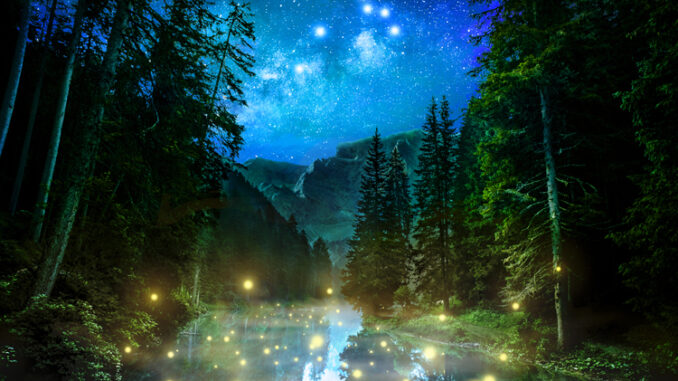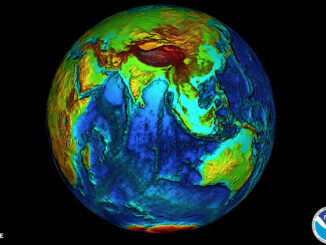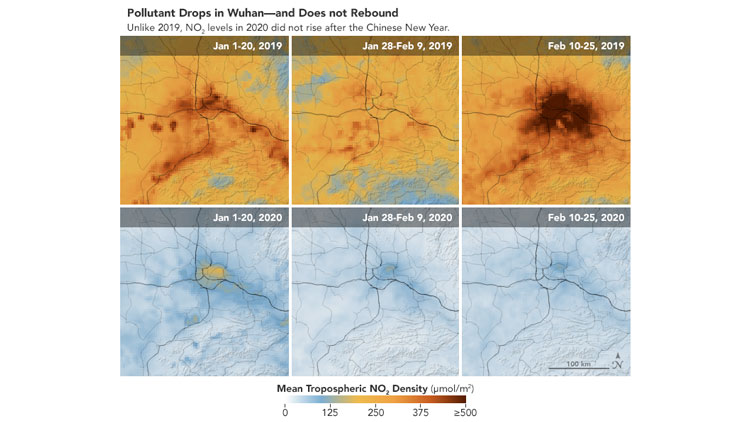
For thousands of years, there has been a connection between humans and the night sky. When the night sky is dark, the Moon and constellations become visible. Constellations are groups of stars that create recognizable patterns. They can be recognized as forming heroic people or special objects. Years ago, constellations were used as navigation tools. In some cultures, constellations were used to tell stories. However, it is getting harder to see stars at night. This is because of light pollution. Light pollution is when artificial light appears where it is not wanted or needed. The glow from artificial light pollutes the night sky and affects the nighttime environment. April 15-22 is International Dark Sky Week and is an effort to help raise awareness about light pollution. The program has established communities, parks, and protected areas around the world that preserve and protect the dark sky.
Light pollution also affects wildlife. Nocturnal animals depend on the dark nighttime to survive. Some animals use the darkness to hunt for food, find a mate, or protect themselves from predators. The migration of birds and butterflies can be thrown off track when lights distract them. Many birds die each year because they fly into brightly lit buildings. Sea turtles hatch on the beach. They navigate to the ocean by using the natural light of the Moon and stars. Sea turtles get confused by artificial light on the coast. The artificial light draws them away from the sea. Millions of hatchlings die every year because of light pollution. Dark night skies are important to the world around us. Plants and animals depend on Earth’s daily cycle of light and dark to survive. We can help protect the natural nighttime environment by helping to decrease light pollution.
What Can You Do? Do some research about International Dark Sky Week to see how you can get involved. What can you do to limit light pollution?
Photo Credit: studiovin/Shutterstock



